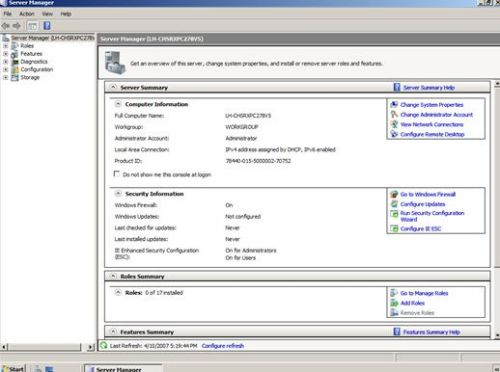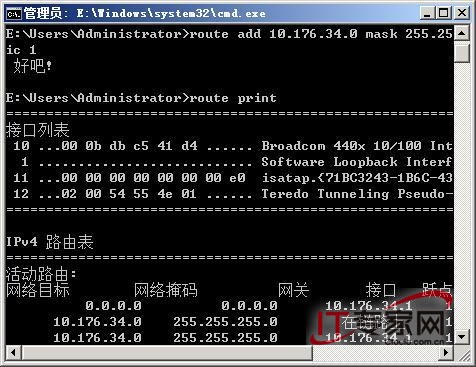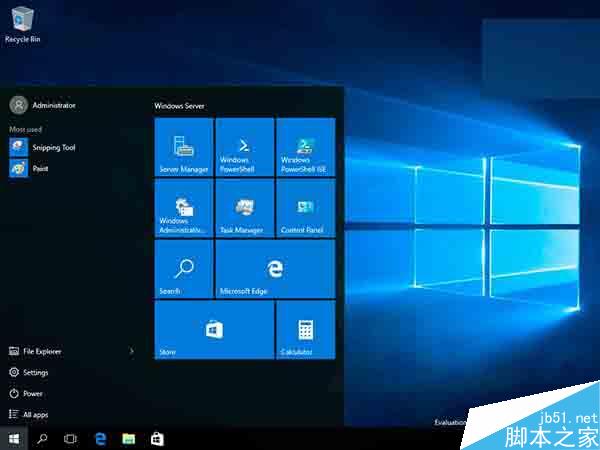SqlServer查询和Kill进程死锁的语句
查询死锁进程语句
select request_session_id spid, OBJECT_NAME(resource_associated_entity_id) tableName from sys.dm_tran_locks where resource_type='OBJECT'
杀死死锁进程语句
kill spid
下面再给大家分享一段关于sqlserver检测死锁;杀死锁和进程;查看锁信息
--检测死锁
--如果发生死锁了,我们怎么去检测具体发生死锁的是哪条SQL语句或存储过程?
--这时我们可以使用以下存储过程来检测,就可以查出引起死锁的进程和SQL语句。SQL Server自带的系统存储过程sp_who和sp_lock也可以用来查找阻塞和死锁, 但没有这里介绍的方法好用。
use master
go
create procedure sp_who_lock
as
begin
declare @spid int,@bl int,
@intTransactionCountOnEntry int,
@intRowcount int,
@intCountProperties int,
@intCounter int
create table #tmp_lock_who (
id int identity(1,1),
spid smallint,
bl smallint)
IF @@ERROR<>0 RETURN @@ERROR
insert into #tmp_lock_who(spid,bl) select 0 ,blocked
from (select * from sysprocesses where blocked>0 ) a
where not exists(select * from (select * from sysprocesses where blocked>0 ) b
where a.blocked=spid)
union select spid,blocked from sysprocesses where blocked>0
IF @@ERROR<>0 RETURN @@ERROR
-- 找到临时表的记录数
select @intCountProperties = Count(*),@intCounter = 1
from #tmp_lock_who
IF @@ERROR<>0 RETURN @@ERROR
if @intCountProperties=0
select '现在没有阻塞和死锁信息' as message
-- 循环开始
while @intCounter <= @intCountProperties
begin
-- 取第一条记录
select @spid = spid,@bl = bl
from #tmp_lock_who where Id = @intCounter
begin
if @spid =0
select '引起数据库死锁的是: '+ CAST(@bl AS VARCHAR(10)) + '进程号,其执行的SQL语法如下'
else
select '进程号SPID:'+ CAST(@spid AS VARCHAR(10))+ '被' + '进程号SPID:'+ CAST(@bl AS VARCHAR(10)) +'阻塞,其当前进程执行的SQL语法如下'
DBCC INPUTBUFFER (@bl )
end
-- 循环指针下移
set @intCounter = @intCounter + 1
end
drop table #tmp_lock_who
return 0
end
--杀死锁和进程
--如何去手动的杀死进程和锁?最简单的办法,重新启动服务。但是这里要介绍一个存储过程,通过显式的调用,可以杀死进程和锁。
use master
go
if exists (select * from dbo.sysobjects where id = object_id(N'[dbo].[p_killspid]') and OBJECTPROPERTY(id, N'IsProcedure') = 1)
drop procedure [dbo].[p_killspid]
GO
create proc p_killspid
@dbname varchar(200) --要关闭进程的数据库名
as
declare @sql nvarchar(500)
declare @spid nvarchar(20)
declare #tb cursor for
select spid=cast(spid as varchar(20)) from master..sysprocesses where dbid=db_id(@dbname)
open #tb
fetch next from #tb into @spid
while @@fetch_status=0
begin
exec('kill '+@spid)
fetch next from #tb into @spid
end
close #tb
deallocate #tb
go
--用法
exec p_killspid 'newdbpy'
--查看锁信息
--如何查看系统中所有锁的详细信息?在企业管理管理器中,我们可以看到一些进程和锁的信息,这里介绍另外一种方法。
--查看锁信息
create table #t(req_spid int,obj_name sysname)
declare @s nvarchar(4000)
,@rid int,@dbname sysname,@id int,@objname sysname
declare tb cursor for
select distinct req_spid,dbname=db_name(rsc_dbid),rsc_objid
from master..syslockinfo where rsc_type in(4,5)
open tb
fetch next from tb into @rid,@dbname,@id
while @@fetch_status=0
begin
set @s='select @objname=name from ['+@dbname+']..sysobjects where id=@id'
exec sp_executesql @s,N'@objname sysname out,@id int',@objname out,@id
insert into #t values(@rid,@objname)
fetch next from tb into @rid,@dbname,@id
end
close tb
deallocate tb
select 进程id=a.req_spid
,数据库=db_name(rsc_dbid)
,类型=case rsc_type when 1 then 'NULL 资源(未使用)'
when 2 then '数据库'
when 3 then '文件'
when 4 then '索引'
when 5 then '表'
when 6 then '页'
when 7 then '键'
when 8 then '扩展盘区'
when 9 then 'RID(行 ID)'
when 10 then '应用程序'
end
,对象id=rsc_objid
,对象名=b.obj_name
,rsc_indid
from master..syslockinfo a left join #t b on a.req_spid=b.req_spid
go
drop table #t
以上所述是小编给大家介绍的SqlServer查询和Kill进程死锁的语句,希望对大家有所帮助,如果大家有任何疑问请给我留言,小编会及时回复大家的。在此也非常感谢大家对潘少俊衡网站的支持!
版权声明
本文仅代表作者观点,不代表本站立场。
本文系作者授权发表,未经许可,不得转载。
本文地址:/shujuku/MsSQL/97624.html














